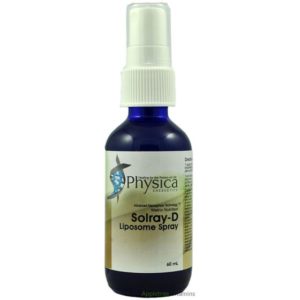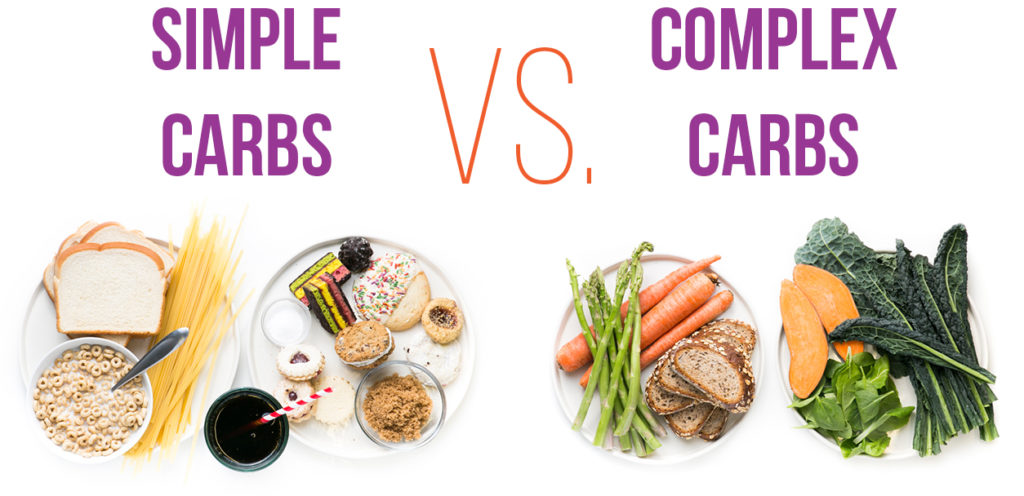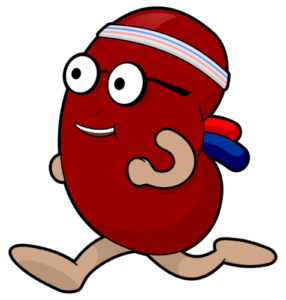There are many reasons and benefits in going to a Homeopath – but here are the 5 most common reasons why individuals go.
Headaches and Migraines
A lot of individuals suffer from headaches and migraines. In some cases it can even be debilitating for the individual. A homeopath works with you to understand your migraines or headaches in their totality. What exactly does it feel like for the patient? What makes it better or worse? Are there any triggers? A Homeopath will then prescribe a remedy that encompasses those symptoms. The remedies help to reduce the intensity, frequency and duration for the symptoms.
Skin conditions (eczema, psoriasis)
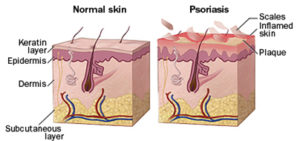
The skin is our biggest eliminating organ and often skin afflictions are the body’s way of letting you know that something is going on, on a deeper level. Skin conditions can have many contributing factors as to why they are manifesting in the body, such as stress, dietary issues or environmental sensitivities. A Homeopath’s job is to understand the root cause of why the skin conditions are developing. When a Homeopath prescribes at that root cause, it helps to reawaken the body’s immune system and ultimately start the process of healing.
Mental health issues (depression, bi-polar, manic depressive, anxiety)

Homeopath’s work heavily to understand the mental and emotional characteristics of an individual, such as their stresses in life. It’s a great system of medicine that can effectively address the symptoms of depression, bi-polar, anxiety and many other mental health issues.
Autoimmune disorders
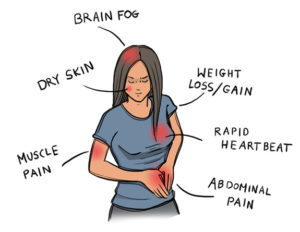 Autoimmune disorders are conditions that occur when the body’s immune system is attacking itself (diseased tissue, as well as the healthy tissue). Individuals can undergo both conventional and holistic therapies to reduce incidences of flare-ups. Flare-ups generally occur in incidences of acute or chronic stress. Homeopathy is especially beneficial because it helps individuals to manage stress. It’s also a therapy that is completely safe to use in conjunction with other therapies.
Autoimmune disorders are conditions that occur when the body’s immune system is attacking itself (diseased tissue, as well as the healthy tissue). Individuals can undergo both conventional and holistic therapies to reduce incidences of flare-ups. Flare-ups generally occur in incidences of acute or chronic stress. Homeopathy is especially beneficial because it helps individuals to manage stress. It’s also a therapy that is completely safe to use in conjunction with other therapies.
Digestive disturbances (gas, bloating, constipation, IBS)
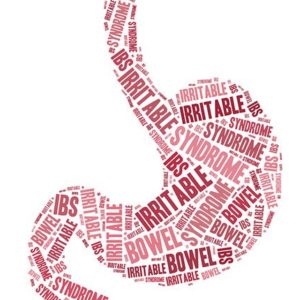
There is has been a lot of research lately in trying to understand the gut and digestive disturbances. Within some of that research, MDs have discovered this Mind-Gut connection. Where the Mind and the Gut are in constant communication with each other, and how our moods affect our gut and overall health. Therefore, when you treat just the physical symptoms (i.e the gas, bloating, constipation, IBS symptoms, etc), you are only treating part of the picture. Homeopathy helps to balance out both mind and gut by understand how the physical, emotional, and mental symptoms are connected.
To see what Homeopathy can do for you, book a free 15 minute consult with Rebecca.
Written by Rebecca Chandler, Homeopath & Reiki Master



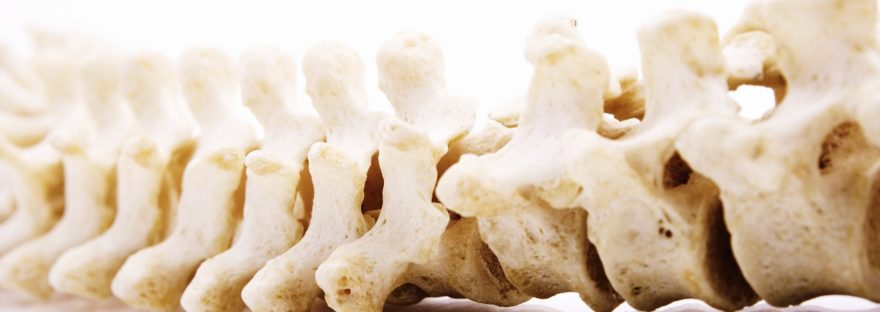


 The number one question I get asked when first treating a patient with sciatica is “how long is it going to take for this pain to go away?”. The great news is that sciatica tends to be self-limiting condition. The vast majority of cases usually resolve within a matter of a few weeks to a month. After the initial phase of care complete and the intense pain has decreased, I usually encourage patients to begin a program of exercises designed to help strengthen spinal muscles, improve core strength, and increase spinal mobility. To help prevent future recurrences, a thorough overview and correction of ergonomic and lifestyle factors (ex. workplace activities, posture, physical activity) which may have contributed to the sciatica developing is also highly recommended.
The number one question I get asked when first treating a patient with sciatica is “how long is it going to take for this pain to go away?”. The great news is that sciatica tends to be self-limiting condition. The vast majority of cases usually resolve within a matter of a few weeks to a month. After the initial phase of care complete and the intense pain has decreased, I usually encourage patients to begin a program of exercises designed to help strengthen spinal muscles, improve core strength, and increase spinal mobility. To help prevent future recurrences, a thorough overview and correction of ergonomic and lifestyle factors (ex. workplace activities, posture, physical activity) which may have contributed to the sciatica developing is also highly recommended.

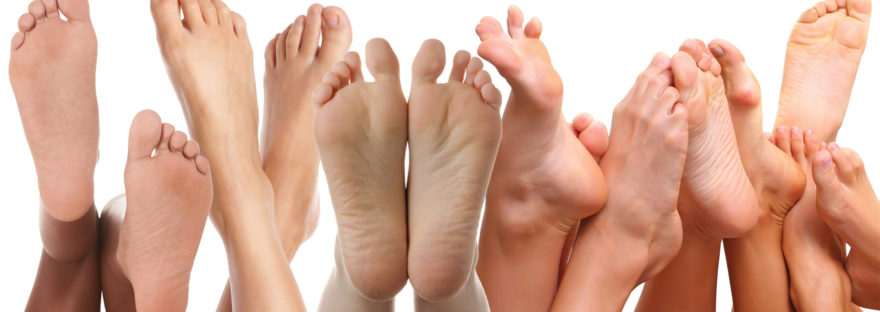



 I cannot stress this enough! Taking vitamin D (the sunshine vitamin) every day in the winter has made a MASSIVE difference for me – more balanced moods and a stronger immune system! Vitamin D is known as the “sunshine” vitamin because it is actually manufactured in the human skin when in contact with the ultraviolet light in the sun’s rays. Wintertime, clouds, smog, and darkly pigmented skin reduce the body’s production of this vitamin and according to recent research, we need far more vitamin D than originally thought. Vitamin D regulates bone formation (especially important in menopausal women), prevents tooth decay and gum problems, has been shown to reduce the incidence of colds, and has been used in the treatment of diabetes, visual problems, allergies, sciatica pain, and skin problems. It also boosts levels of serotonin and dopamine (your FEEL-GOOD hormones) in the brain!
I cannot stress this enough! Taking vitamin D (the sunshine vitamin) every day in the winter has made a MASSIVE difference for me – more balanced moods and a stronger immune system! Vitamin D is known as the “sunshine” vitamin because it is actually manufactured in the human skin when in contact with the ultraviolet light in the sun’s rays. Wintertime, clouds, smog, and darkly pigmented skin reduce the body’s production of this vitamin and according to recent research, we need far more vitamin D than originally thought. Vitamin D regulates bone formation (especially important in menopausal women), prevents tooth decay and gum problems, has been shown to reduce the incidence of colds, and has been used in the treatment of diabetes, visual problems, allergies, sciatica pain, and skin problems. It also boosts levels of serotonin and dopamine (your FEEL-GOOD hormones) in the brain!